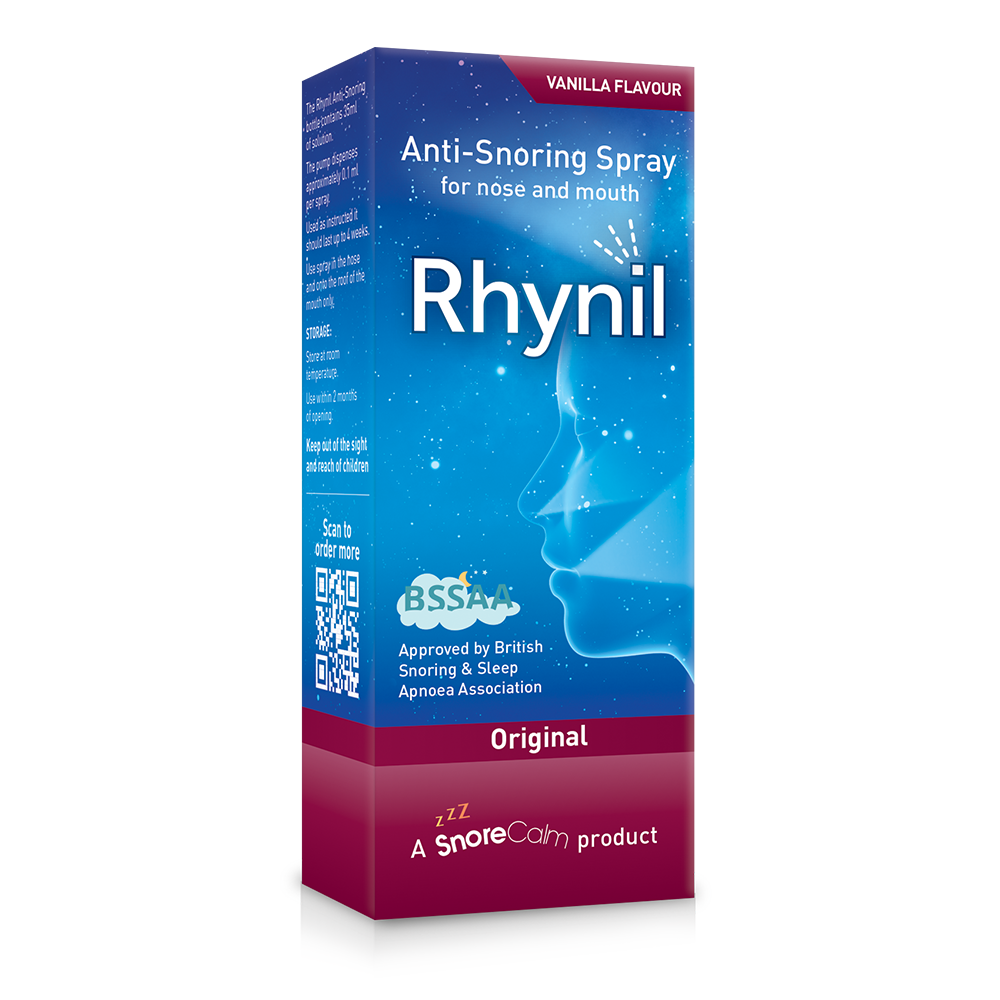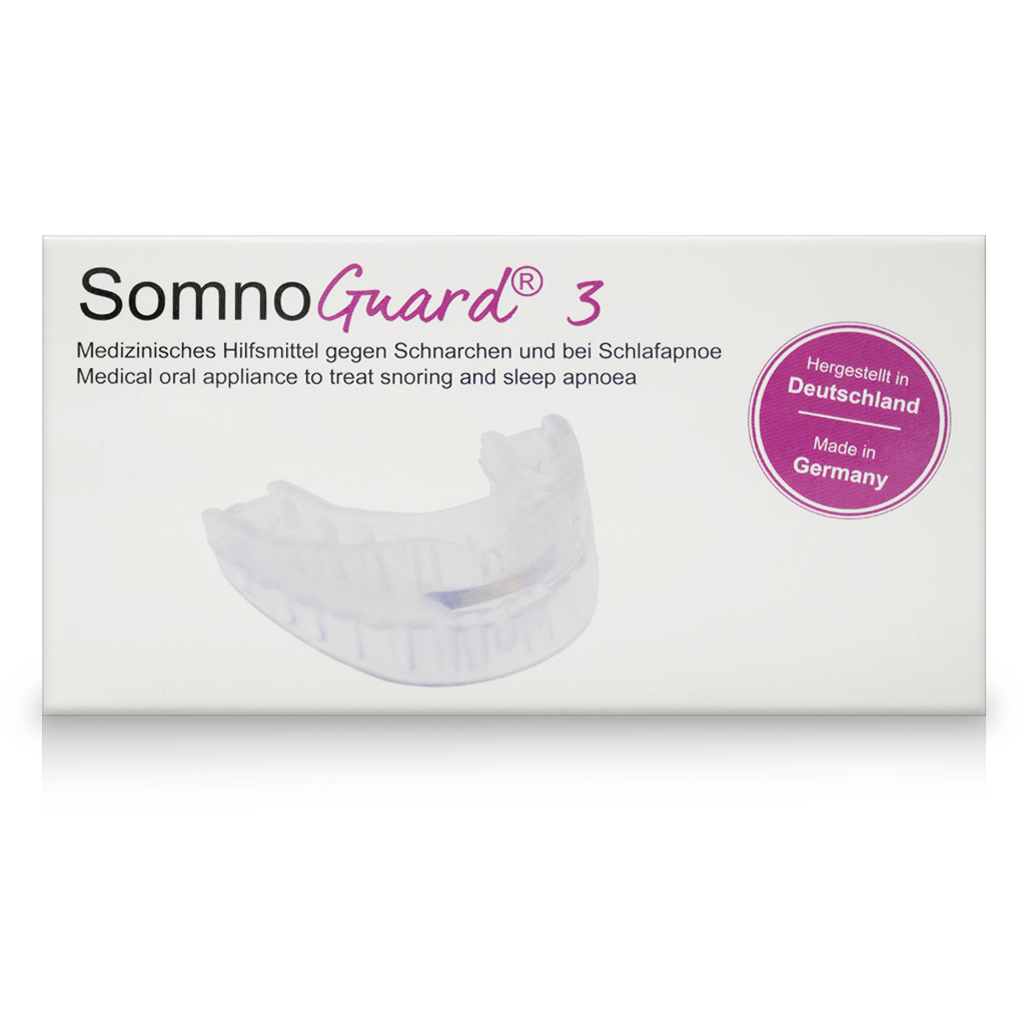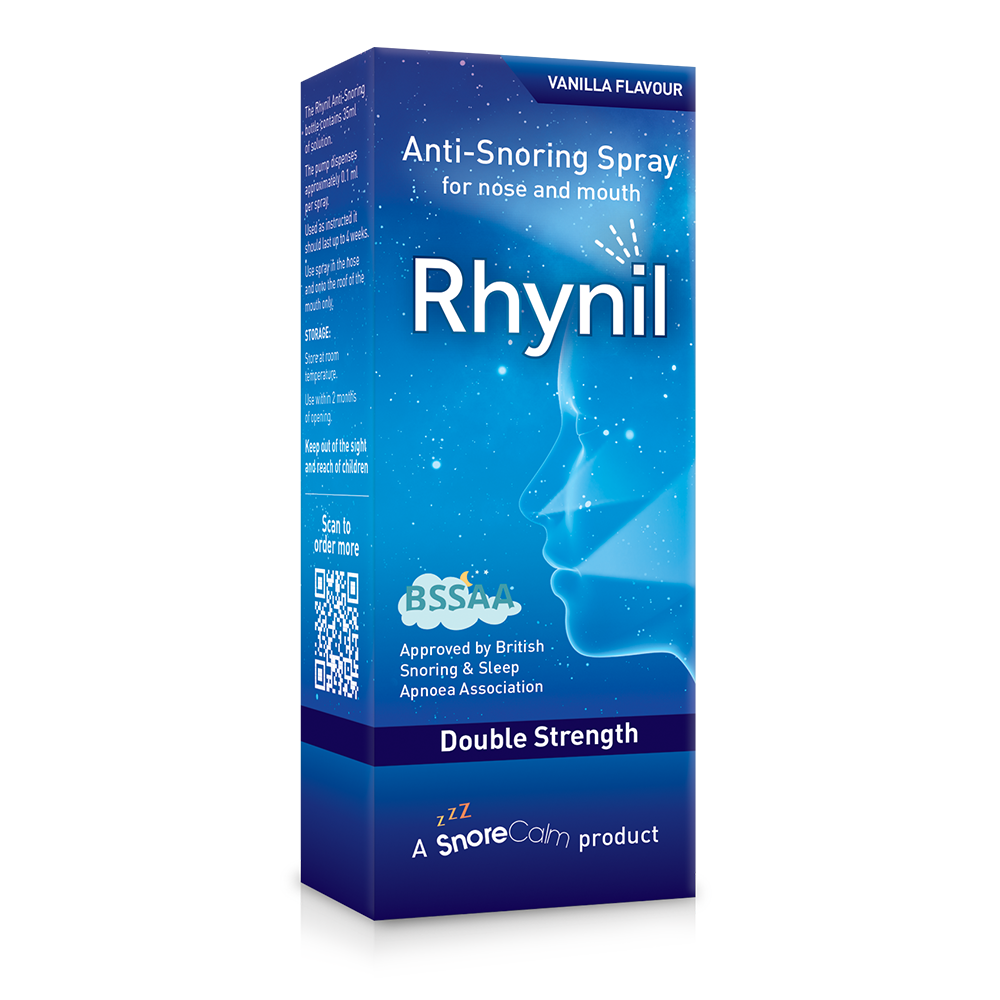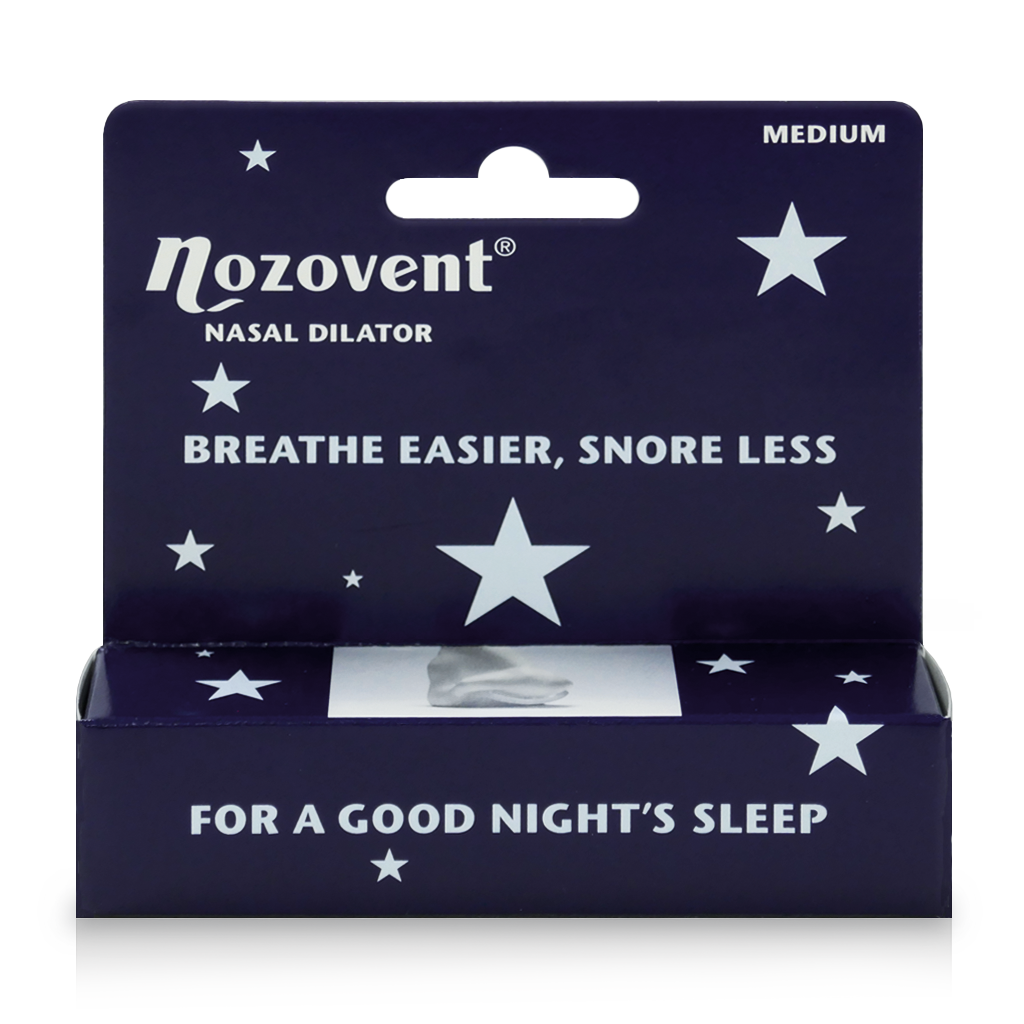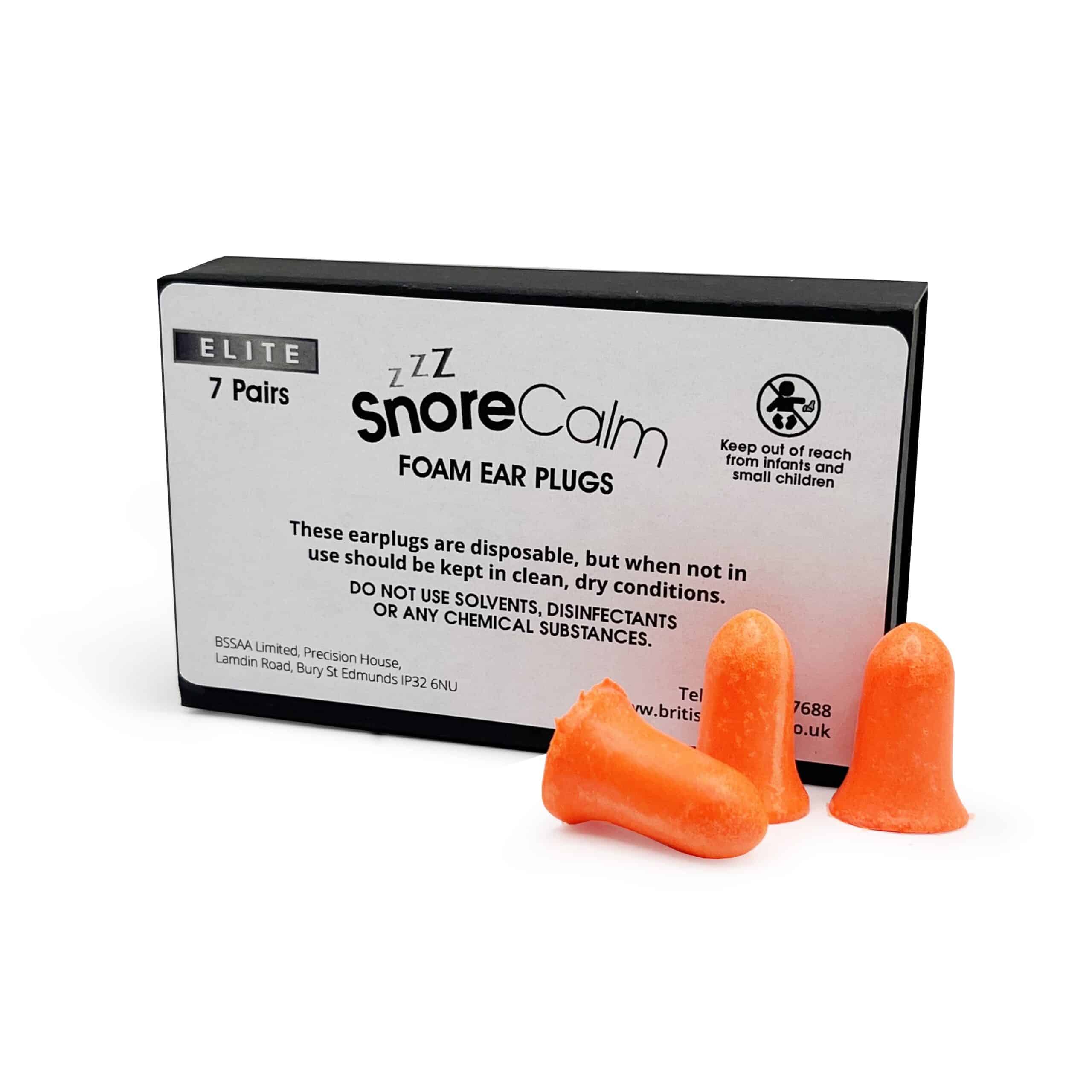Disclaimer: This article is for informational purposes only and isn’t intended to diagnose, treat, or replace professional medical advice. Sleep apnoea is a serious condition that can affect your health and quality of life if left untreated. If you’re experiencing symptoms of sleep apnoea or persistent snoring, it’s strongly recommended that you consult a qualified healthcare professional.
If you snore, or you’ve been diagnosed with obstructive sleep apnoea (OSA) you’ve probably investigated oral devices that might help. Two of the most common are mandibular advancement devices (MADs) and mouth guards. At first glance, they look similar, both are worn in the mouth at night, but they’re designed for very different purposes.
So how do you know which one is right for you? Let’s break down what each device does, who it’s suitable for, and the key differences to be aware of.
What are mandibular advancement devices?
A mandibular advancement device, sometimes called a mandibular advancement splint or mandibular repositioning appliance, is a widely recommended and NHS-recognised treatment for tongue-based snoring and for mild to moderate obstructive sleep apnoea.
Mandibular advancement devices work by gently positioning the lower jaw slightly forward during sleep. This prevents the tongue and surrounding tissues from collapsing into the airway and helps keep it open throughout the night. With better airflow, vibration in the throat is reduced, (which lessens tongue-based snoring), and breathing interruptions become less frequent, (which makes them effective for managing mild to moderate obstructive sleep apnoea). They’re generally less effective for snoring caused mainly by nasal blockage.
Depending on your needs, some devices can be bought online and fitted at home, while others are custom-made by dentists or recommended through sleep clinics.
Who are mandibular advancement devices suitable for?
Mandibular advancement devices are often recommended for:
- People with mild to moderate obstructive sleep apnoea
- Tongue-based snorers
- Those who find CPAP therapy uncomfortable or difficult to use consistently
Unlike CPAP machines, which require wearing a mask connected to a device, mandibular advancement devices are discreet, portable, and less intrusive. For many people, this makes them easier to use consistently and more convenient for travel.
However, they’re not suitable for everyone. People with severe sleep apnoea or significant dental or jaw problems may need alternative treatment, so it’s always best to seek medical advice before starting any treatment.
What are mouth guards?
A mouth guard, sometimes called a night guard or dental guard, is a device worn over the teeth during sleep. Its main purpose is to protect against bruxism (teeth grinding or clenching).
By cushioning the teeth, mouth guards reduce pressure on the jaw and help prevent enamel wear, fractures, and discomfort linked to grinding. Unlike mandibular advancement devices, they don’t reposition the jaw or affect airflow.
Who are mouth guards suitable for?
Mouth guards are typically recommended for people who:
- Grind or clench their teeth at night
- Experience jaw pain, headaches, or tooth wear from grinding
- Need to protect dental work, such as crowns or veneers, from damage
Do mouth guards help with snoring?
A common question is: “Do mouth guards stop snoring?”
The answer is no – standard mouth guards only protect teeth and don’t address the airway. The confusion comes from products marketed as “anti-snoring mouth guards.” These are actually a type of mandibular advancement device.
So, while a mouth guard is the right solution for bruxism, only a mandibular advancement device is effective if your main concern is tongue-based snoring or sleep apnoea.
What if I have sleep apnoea and also grind my teeth?
It’s not unusual for people to experience both conditions. Some people with sleep apnoea also grind their teeth at night. In this case, a mandibular advancement device may help with both, as it repositions the jaw to keep the airway open and often reduces grinding by acting as a protective barrier between the teeth.
If bruxism is severe, however, a dentist or sleep specialist may recommend a custom solution that combines elements of both a mandibular advance device and a mouth guard.
It’s always best to seek professional advice to ensure the device you choose is safe, comfortable, and effective for your needs.
Summary: Choosing the right device
To summarise, although mandibular advancement devices and mouth guards may look alike, they’re designed to do very different jobs:
- Mandibular advancement device: Moves the jaw forward to keep the airway open, reducing tongue-based snoring and helping manage mild to moderate sleep apnoea.
- Mouth guard: Protects teeth from grinding and clenching but has no effect on snoring or breathing.
If your goal is to tackle tongue-based snoring or mild to moderate sleep apnoea, a mandibular advancement device is the right choice. If you grind your teeth at night, a mouth guard will protect your dental health.
| Feature | Mandibular advancement device (MAD) | Mouth guard (night guard/dental guard) |
| Primary purpose | Reduces tongue-based snoring and helps manage mild to moderate obstructive sleep apnoea (OSA) | Protects teeth from grinding or clenching (bruxism) |
| How it works | Gently moves the lower jaw forward to keep the airway open | Acts as a cushion between upper and lower teeth |
| Helps with snoring? | ✅ Yes – effective for tongue-based snoring and OSA | ❌ No – doesn’t affect airflow |
| Helps with sleep apnoea? | ✅ Yes – for mild to moderate OSA (NHS-recognised treatment) | ❌ No |
| Best suited for | People with tongue-based snoring or mild to moderate OSA, those struggling with CPAP | People with bruxism, jaw pain, or those needing to protect dental work |
| Availability | Self-fit versions online, custom-made by dentists, or via NHS sleep clinics | Widely available online, in pharmacies, or custom-made by dentists |


